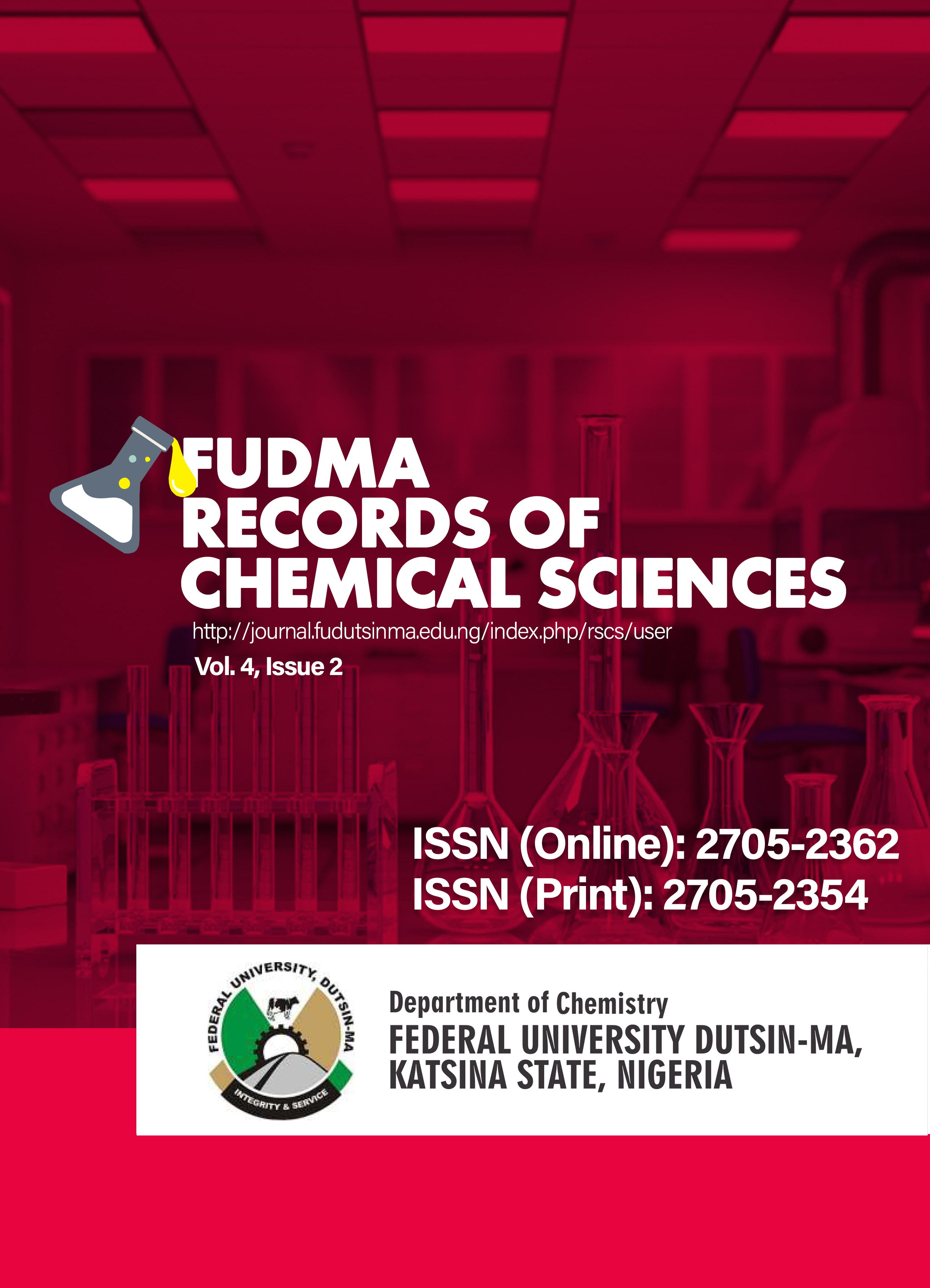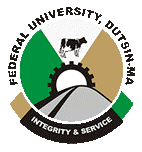The Nutritional Advantage of Repurposed Tea Residues in Animal Nutrition: An In-depth Review
DOI:
https://doi.org/10.33003/frscs-2025-0402/10Keywords:
Tea residues , animal nutrition, feed additives , environmental challengeAbstract
The escalating global consumption of tea generates substantial quantities of tea residues, presenting both an environmental challenge and a potential resource for valorization. This in-depth review synthesizes current knowledge on the nutritional advantages of incorporating repurposed tea residues, particularly used tea bags, into animal feed. It examines the residual bioactive compounds, such as polyphenols, flavonoids, and saponins, that persist after brewing and their potential roles in enhancing animal health and productivity. Drawing upon recent literature (2010-2025), the review discusses how these compounds can modulate digestive enzymes, improve antioxidant status, and exert anti-inflammatory and antimicrobial effects in livestock. Specific attention is given to the implications for improved nutrient digestibility, enhanced immune function, and sustainable feed production. While acknowledging the need for further research, particularly in vivo studies, this review highlights the promising prospects of utilizing tea waste as a cost-effective and environmentally friendly feed additive, contributing to circular economy principles in agriculture. The integration of tea residues into animal diets offers a dual benefit: waste reduction and nutritional enhancement, paving the way for innovative and sustainable animal feeding strategies.






